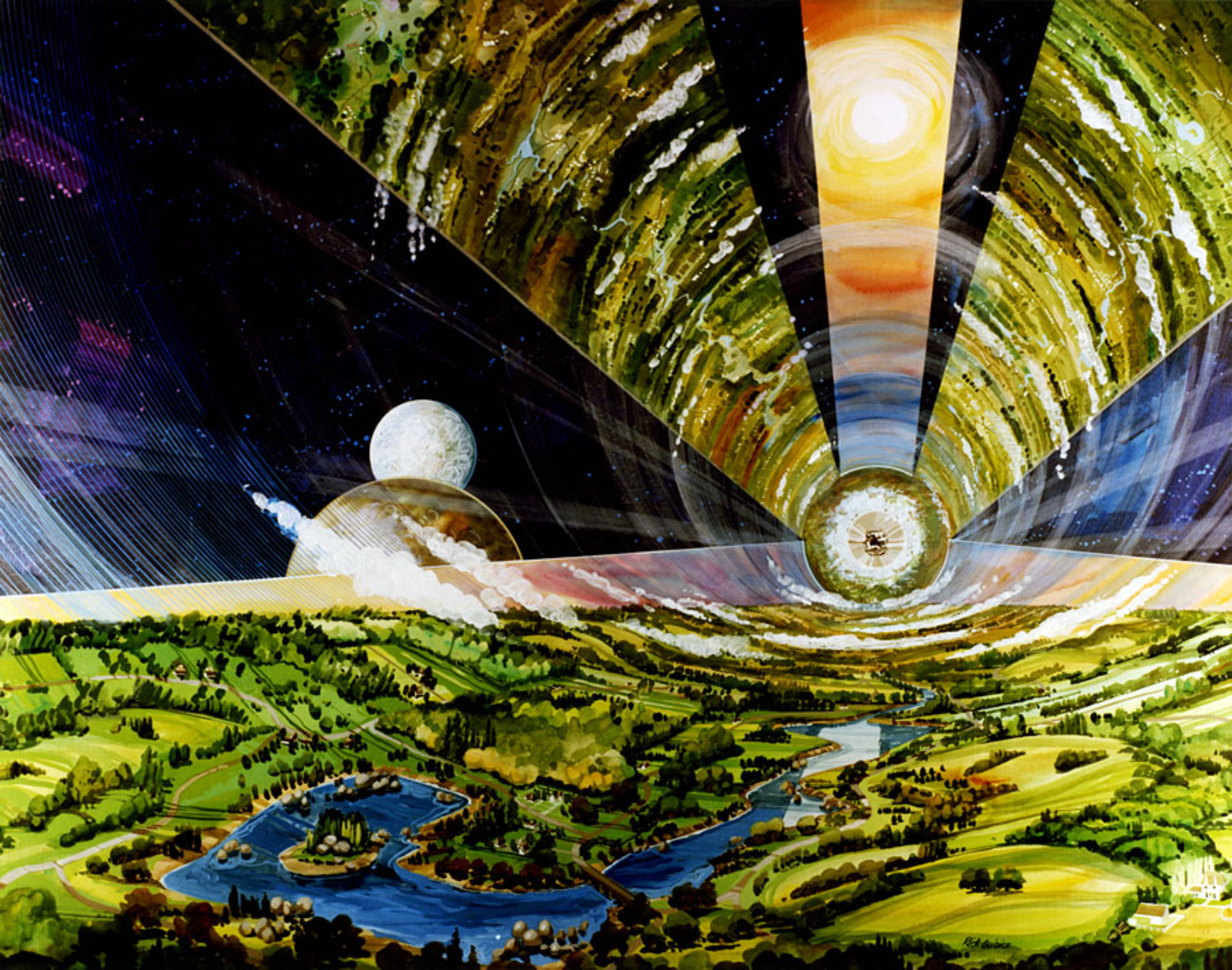
One of the biggest challenges of space settlement facing humanity is procreation off world. We simply don’t know if its possible for a baby to be carried to term in less then one gravity. There are obvious ethical considerations of simply going there and trying it out. NASA is studying the problem but until we have a variable gravity centrifuge facility in space that will enable us to determine the “gravity prescription”, it will be a while before we have an answer.
In an article in The Space Review, Fred Nadis discusses some of the medical challenges of human reproduction in space and why one company, SpaceLife Origin, who’s mission was to enable human reproduction in space decided to suspend its planned missions for “Serious ethical, safety and medical concerns …”
These medical unknowns about reproduction in any gravitational field less then 1g is the obvious attraction of O’Neill type free space settlements which provide Earth normal gravity. But the huge scale and investment necessary to build such large scale settlements puts this approach far in the future. Al Globus thinks a better way might be to start with smaller spinning habitats in low earth orbit.
Asgardia’s has a key scientific goal of facilitating the first human childbirth in space which they believe is a crucial step on humanity’s “path to immortality as a species”. In preparation for that goal, the organization is creating the first sovereign nation in space. A good introduction to their plans can be found in an interview with Dr. Lena De Winne, the Head of Administration to the Head of Nation of Asgardia, who appeared on the Space Show recently.


















